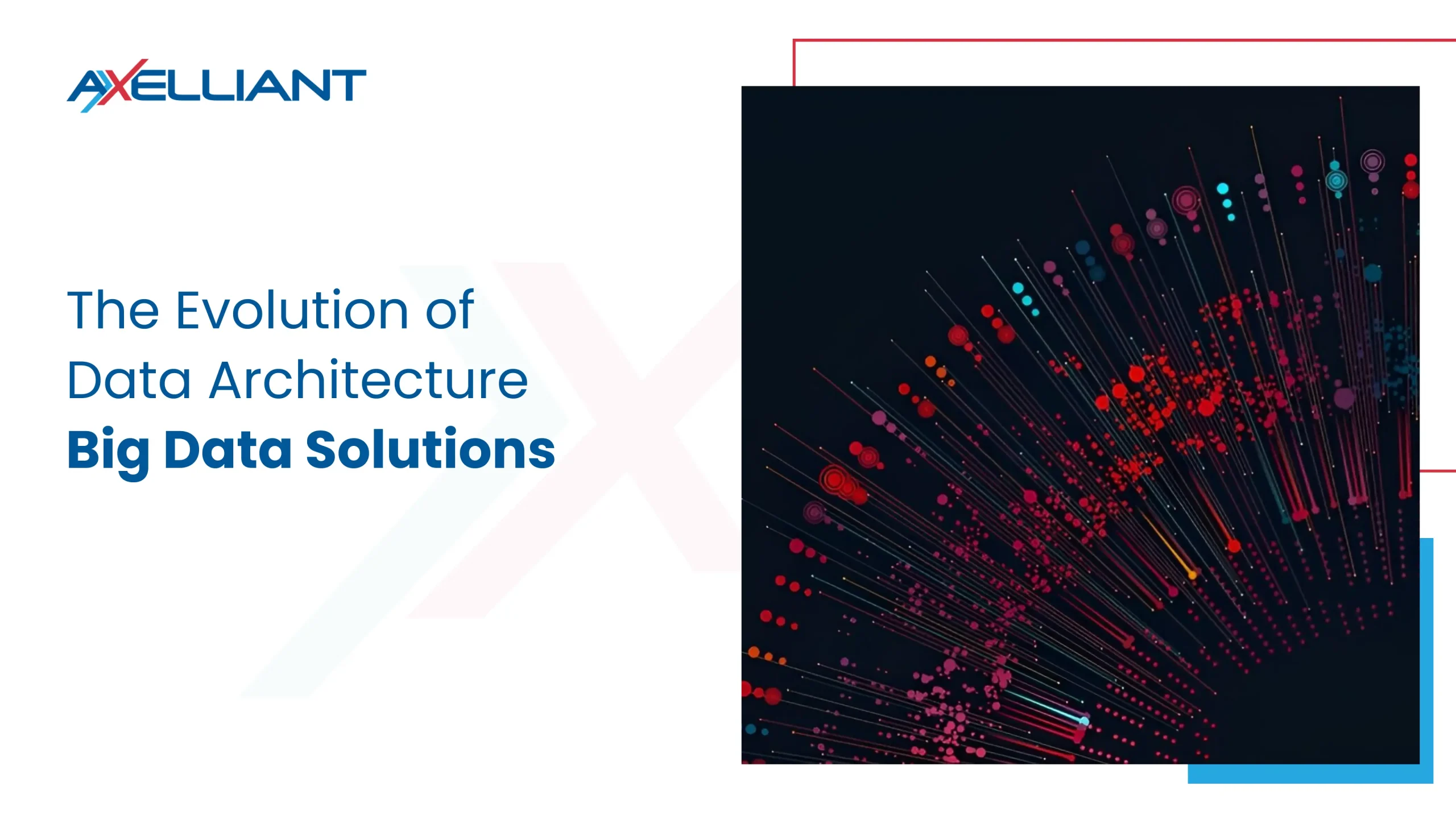In today’s digital economy, data is one of the most critical assets for organizations. Companies that harness the power of data gain a competitive edge. Over the years, data management architecture has transformed significantly. This blog explores the journey of data architecture from traditional systems to modern big data solutions, highlighting key advancements.
Traditional Data Architecture: The Early Days
In the early days, organizations relied on traditional data architectures built around databases and data warehouses. These systems were highly structured, storing and analyzing transactional data in a predictable way. Data was arranged in tables with predefined relationships, which made processing efficient but rigid.
This approach worked well for handling structured data but failed when analyzing unstructured data like social media posts or sensor logs. Moreover, traditional systems often operated in silos, making it hard to integrate data across departments. As data volume and variety exploded, traditional architectures struggled to keep up.
The Rise of Modern Data Architecture
As data complexity grew, it became clear that traditional architectures couldn’t meet modern needs. Modern data architectures offer more flexibility and scalability, supporting both structured and unstructured data.
At the core of modern architectures are data lakes, allowing organizations to store large amounts of raw data from various sources. Unlike data warehouses, data lakes store information in its native format, which has proven beneficial for aggregating data without immediate transformation.
Data Mesh and Data Fabrics: New Frontiers
Data mesh and data fabrics are two emerging concepts modernizing data management by addressing scalability, governance, and accessibility challenges.
- Data Mesh decentralizes data ownership, allowing teams to manage their own data. This fosters accountability and improves data quality.
- Data Fabrics create a unified layer for seamless integration across disparate sources. By connecting data throughout the organization, they ensure consistency and streamline access. Features like data lineage and governance are built into this architecture.
Both data mesh and data fabrics help break down silos, creating interconnected ecosystems where information flows smoothly across teams.
Key Components of a Modern Data Architecture
Modern data architecture integrates several key components:
- Data Lakes: Centralized repositories that store structured and unstructured data in raw form.
- Distributed Computing: Systems like Apache Hadoop enable large-scale processing and analytics.
- Cloud Integration: Scalable cloud platforms support growing data volumes.
- Data Pipelines: Automated ETL/ELT processes ensure smooth data flow between systems.
- Self-Service Analytics: Tools that allow non-technical users to access and analyze data independently.
Benefits of Modern Data Architecture
Modern data architectures offer several key advantages:
- Scalability: Cloud platforms and distributed computing allow systems to scale effortlessly to handle larger data volumes.
- Flexibility: Data lakes allow businesses to store and analyze both structured and unstructured data, providing a complete view of operations.
- Faster Insights: Real-time processing speeds up decision-making, enabling timely responses.
- Improved Governance: Data mesh and data fabrics promote accountability and ensure high data quality across departments.
Challenges and Considerations
Despite their benefits, modern architectures present challenges such as data governance and privacy concerns. As companies handle more sensitive information, regulatory compliance becomes critical. Ensuring data quality and fostering cross-team collaboration are also essential for getting the most out of modern data systems.
Axelliant’s Expertise in Data Architecture
Axelliant leads the way in delivering cutting-edge data architecture solutions that help organizations unlock the full potential of their data. From building scalable data lakes to implementing comprehensive governance frameworks, Axelliant offers a full spectrum of services.
We help businesses seamlessly transition from traditional systems to modern architectures. Our expertise in integrating data mesh and data fabrics enables organizations to manage data more efficiently while ensuring security. Additionally, our cloud-based solutions provide the flexibility needed to meet the growing demands of the data-driven economy.
Whether your company is modernizing its data infrastructure or leveraging big data for advanced analytics, Axelliant’s tailored solutions ensure a smooth transformation. We partner with you to design and implement future-proof architectures that align with your business goals, empowering you to stay competitive in a rapidly evolving landscape.




